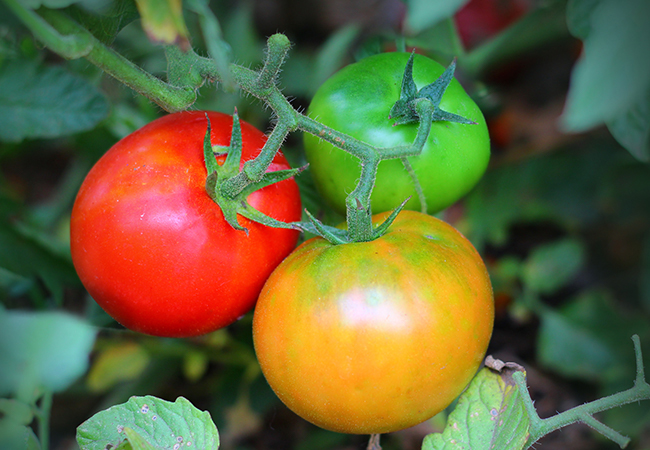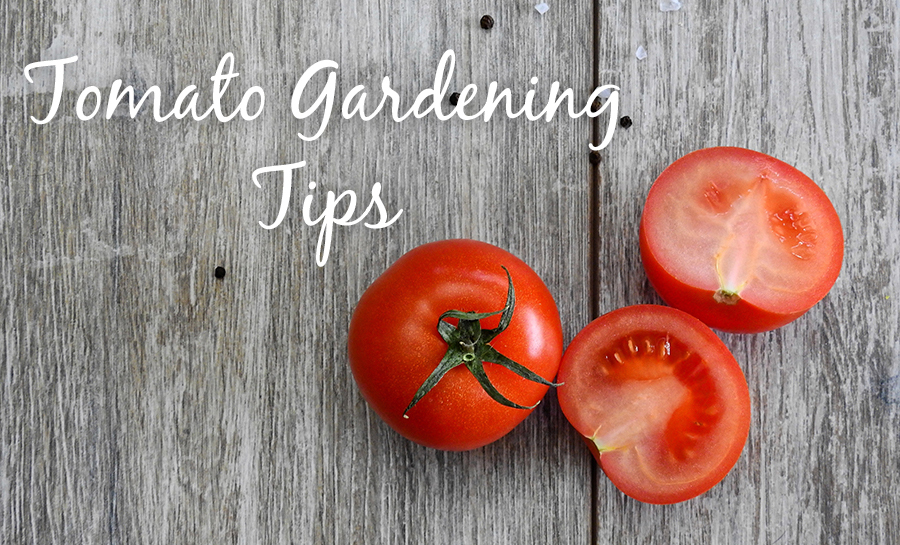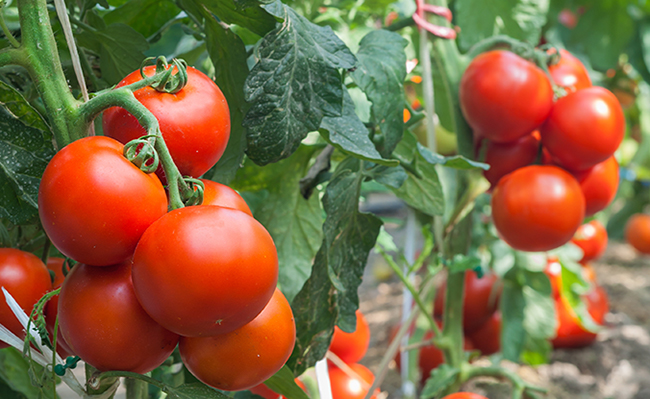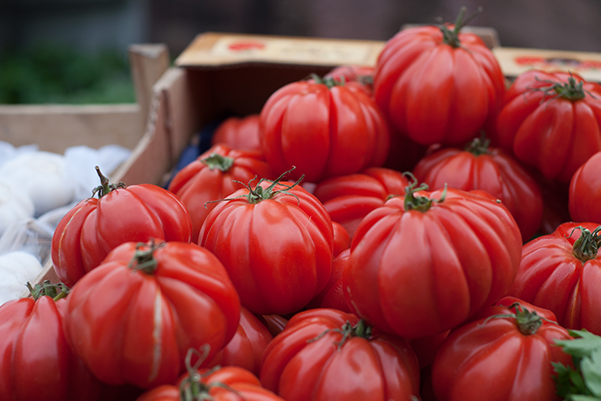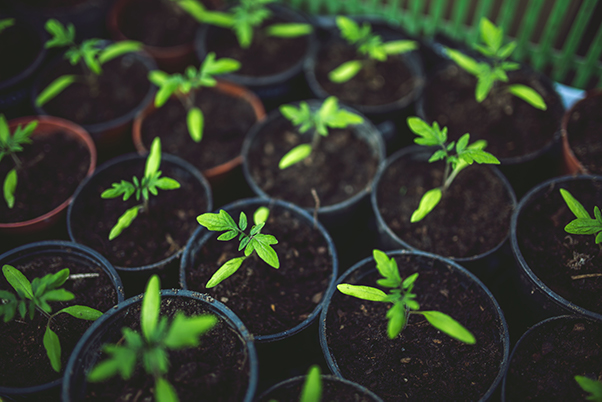1. Heirloom VS. Hybrid
Heirloom tomatoes are developed using the simple, old-fashioned open-pollination method of growing tomatoes from seeds with desirable qualities over many years, and discarding the seeds that did not. Over time, the tomato line produced a refined plant with desired characteristics, and the undesired qualities were bred out.
Usually, if you are growing the tomatoes right beside another type of tomato, cross-pollination will eventually lead to changes in seed. But, because the genes defining the heirloom tomatoes plants characteristics are dominate genes but the seeds will breed true. The tomatoes produced will usually be exactly what you intended to produce.
- If you want tomatoes like grandma grew, use heirloom seeds.
- Great for using seeds year after year.
- Available in interesting, colorful and beautiful varieties.
- Most gardeners agree, you'll get the best flavor from a heirloom.
Hybrid tomatoes, a more recent development, is a cross-breed raised for commercial purposes. It simply means that tomato plants grown from seeds are cross-pollinated with another tomato plant with desirable characteristics to produce a plant with a combination of both desirable characteristics. Many hybrids become gardener favorites and can hold their own next to a heirloom.
- They are disease resistant.
- Readily available at local garden centers.
- If you want standard round, red tomatoes or cherry tomatoes.
Sounds perfect right? Well, there are a couple downfalls. One comes when saving seeds to plant the following season. You will not get plants that are the same or true to the hybrid. Further, cross-pollination within your garden could potentially produce undesired qualities in fruits.
2. Indeterminate VS. Determinate
Soil, moisture, and sun exposure will affect the growth of your tomato plants. Also, you will need to plan to prune to ensure the plant stays in tip top shape. Either way, each plant will have a genetic predisposition to become a certain size and shape.
Three factors will affect your choice of determinate or indeterminate varieties. The first of these is whether you want your fruit all at once or throughout the summer, and the second, whether you are ready to supply support for your tomatoes or want a self-supporting variety. The third factor is simply size.
Determinate types produce one large supply of ripe fruit at once, and usually fairly early in the season. These varieties' blossoms grow at the ends of shoots, which stops growth and compacts its size at about 3 feet. Determinate varieties are ideal for those who are interested in canning.
Indeterminate varieties are in it for the long haul, continuing to grow and produce fruit all season until the first frost. The blossoms grow along the vines, and these vines can easily grow to reach 5-6 feet in length, or much longer in the right conditions.
There are also
semi-determinate varieties that are a cross between the two, producing a main crop and then continuing to produce up until first frost.
Dwarf varieties are available that will significantly reduce the size of your plants to about 12-18 inches in height - great for balcony and patio growing!
3. Fruit Shape and Use
It's important to consider what you want out of your tomatoes. What do you want to do with them. Cooking? Canning? Salads? Right off the plant in the garden before you make it back to the house? I know can't make it back in the house before I have a sample from the garden!
Tomatoes will come in all different shapes and sizes. For kabobs, try the small cherry, grape, or pear tomatoes. They're sweet and easy to grow. Plus, chunks of larger tomatoes would probably be a disaster. But if you want a nice, big, thin slice of tomato to grace your hamburger, you'll want to grow large slicing tomatoes... Beefsteak, anyone? For sauces, you can of course use anything, but the juiciness we prize in a salad tomato can lead to a runny, watery sauce. This is where paste tomatoes (such as Romas) come into their own with less seeds and juice, yielding a thick, hearty sauce. For salads, flavor is paramount!
